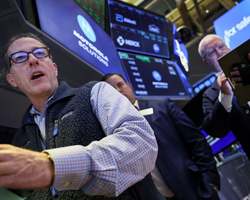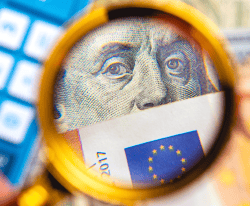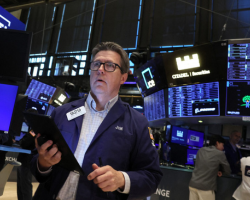Defense Stocks Rally, USD Strengthens, and Geopolitical Tensions Weigh on Markets | Daily Market Analysis

Key events:
- Australia - RBA Interest Rate Decision (Feb)
- USA - US President Trump Speaks
European futures reached all-time highs on Tuesday, driven by a surge in defense stocks amid expectations of increased military spending. Meanwhile, Hong Kong’s stock market edged closer to a three-year peak as investors reacted positively to high-profile business leaders meeting with President Xi Jinping.
S&P 500 futures saw a 0.2% rise, while European futures added 0.1%. Japan’s Nikkei climbed 0.5%, with financial and defense-related stocks following the strong momentum from Europe.
On Monday, the STOXX 600 index in Europe gained 0.5%, fueled by a 4.6% surge in aerospace and defense stocks, which hit record highs. This sector has already more than doubled in value since the onset of the Russia-Ukraine conflict three years ago. Investors anticipate continued earnings growth, signaling the end of an era of restrained defense budgets and a fresh wave of arms purchases.
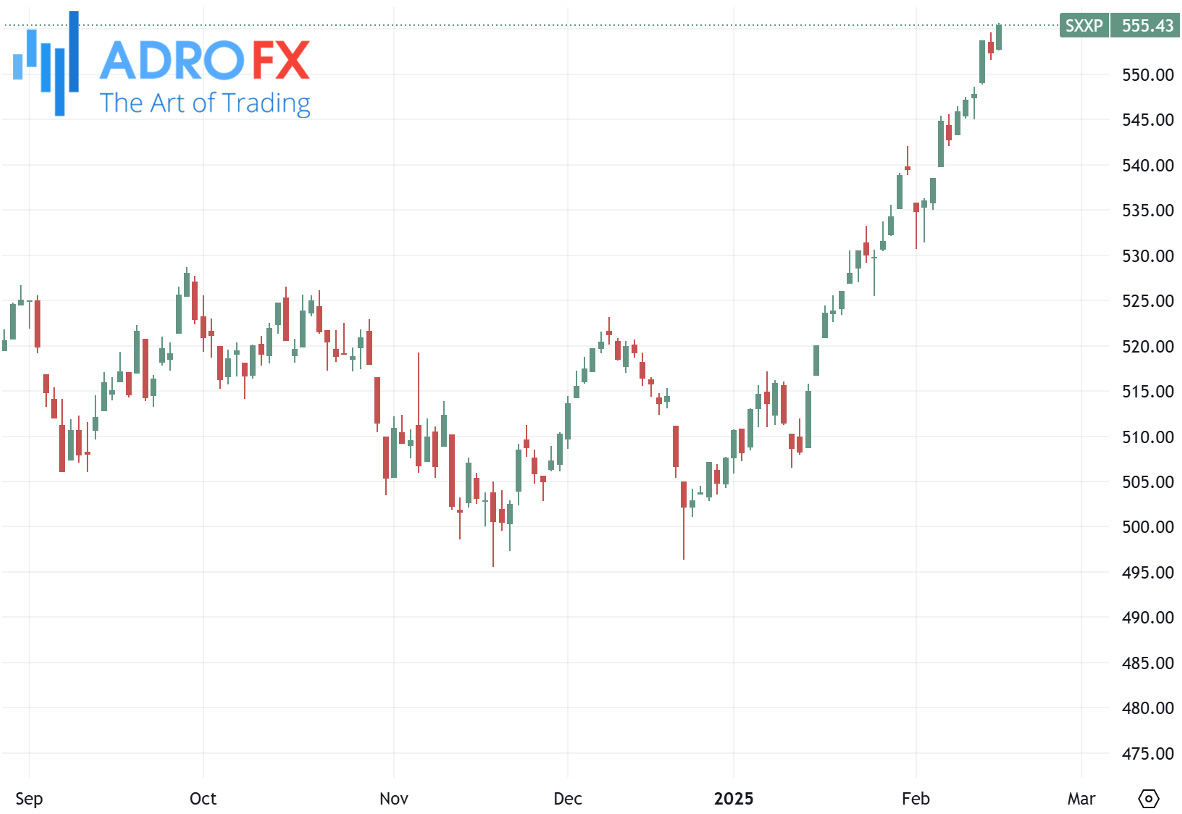
The Japanese yen maintained its downward trajectory through Tuesday’s Asian session, pushing USD/JPY beyond the 152.00 mark. The weakening yen coincides with renewed US dollar demand, fueled by expectations of a delay in implementing former President Donald Trump’s reciprocal tariffs.
Market sentiment has also been shaped by ongoing negotiations regarding the Russia-Ukraine conflict. Despite Japan’s strong inflation data and robust Q4 GDP figures released on Monday, which strengthen the case for Bank of Japan rate hikes, the yen remains under pressure.
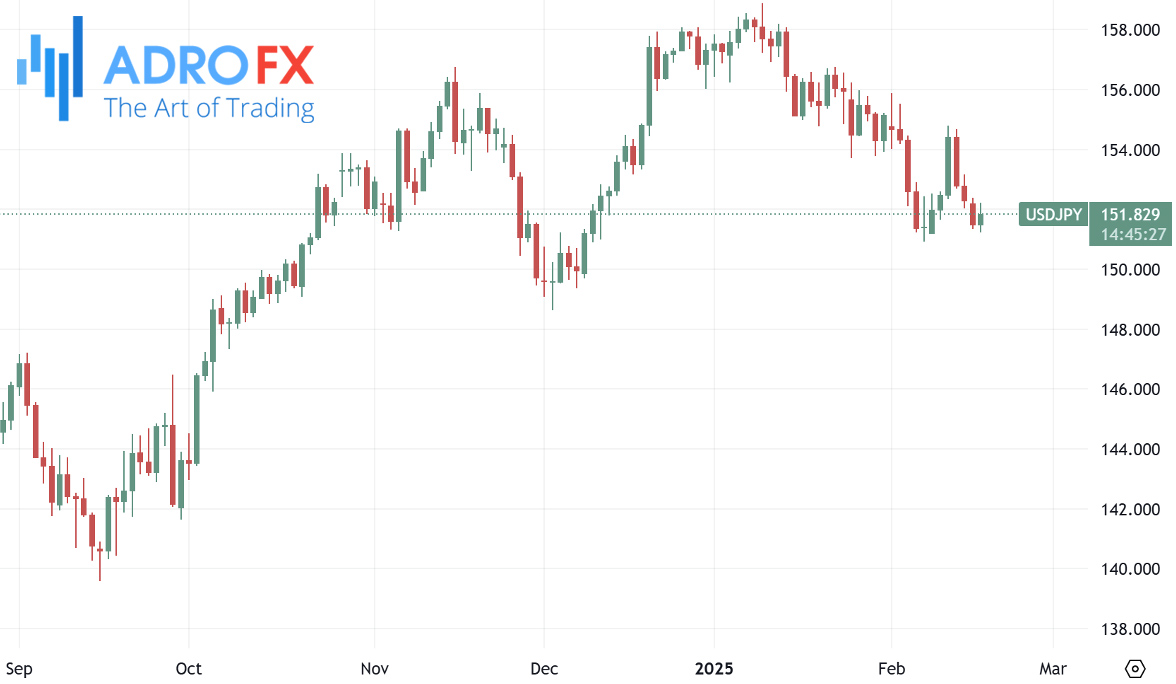
Investors are pricing in approximately 37 basis points of BoJ rate increases by year-end, pushing the yield on 10-year Japanese government bonds to levels last seen in April 2010. A rise in US Treasury yields has also bolstered the US dollar, further weighing on the yen. However, expectations of additional Federal Reserve rate cuts could limit USD/JPY gains.
The Australian dollar rebounded from early losses on Tuesday after the Reserve Bank of Australia cut its Official Cash Rate (OCR) by 25 basis points to 4.10%. This widely anticipated decision marked the first rate cut since 2020.
RBA Governor Michele Bullock acknowledged that high interest rates had already impacted the economy but stressed that it was too early to declare victory over inflation. She also highlighted Australia’s unexpectedly strong labor market, cautioning that further rate cuts are not guaranteed.
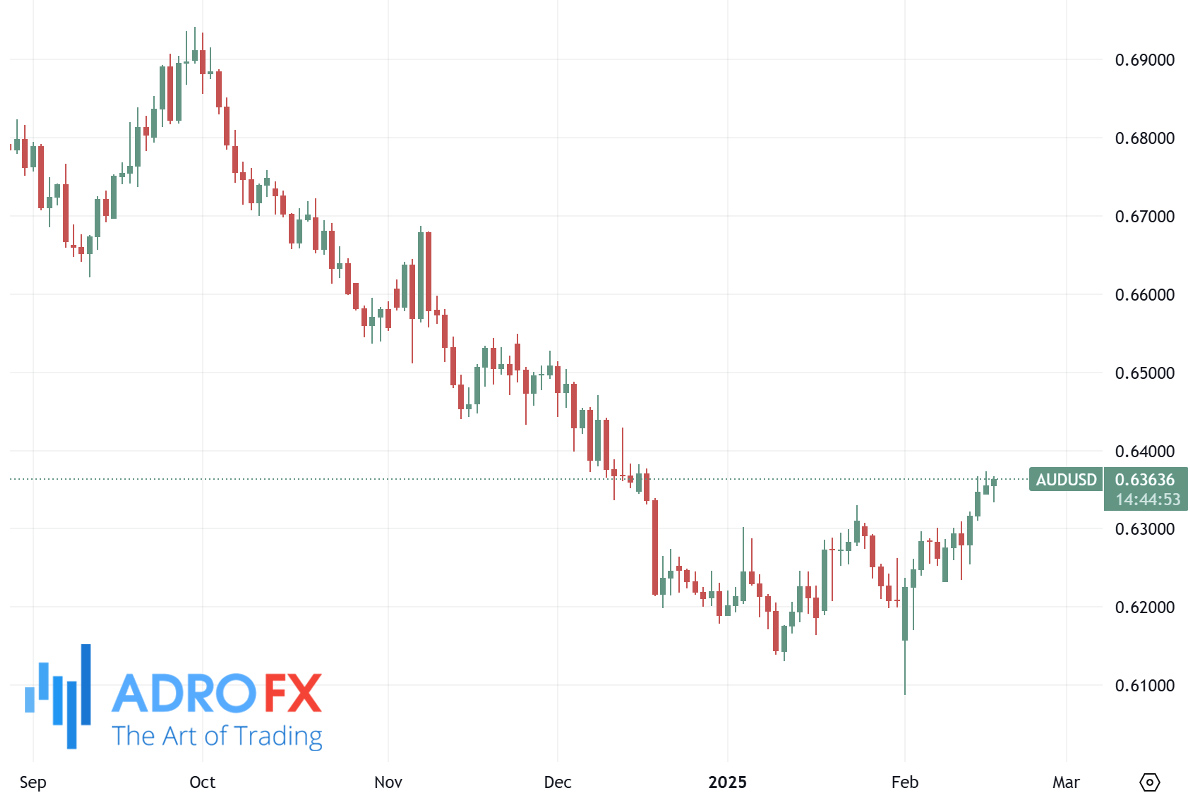
Following the central bank’s move, Australia’s four major banks - Commonwealth Bank, NAB, ANZ, and Westpac - reduced their lending rates by 25 basis points. Meanwhile, December inflation data showed signs of easing price pressures, with the Trimmed Mean CPI rising 0.5% for the quarter, slightly below expectations.
Gold prices extended their gains for a second consecutive session on Tuesday, reaching the $2,915 level during Asian trading. However, rising US Treasury yields and a modest recovery in the US dollar could cap further upside.
The GBP/USD pair snapped a five-day winning streak, trading around 1.2600 in Tuesday’s Asian session as traders awaited key UK labor market data. The Claimant Count Change for January is projected to increase to 10K, up from the previous 0.7K. Meanwhile, the UK’s ILO Unemployment Rate is forecast to edge up to 4.5% from 4.4%.
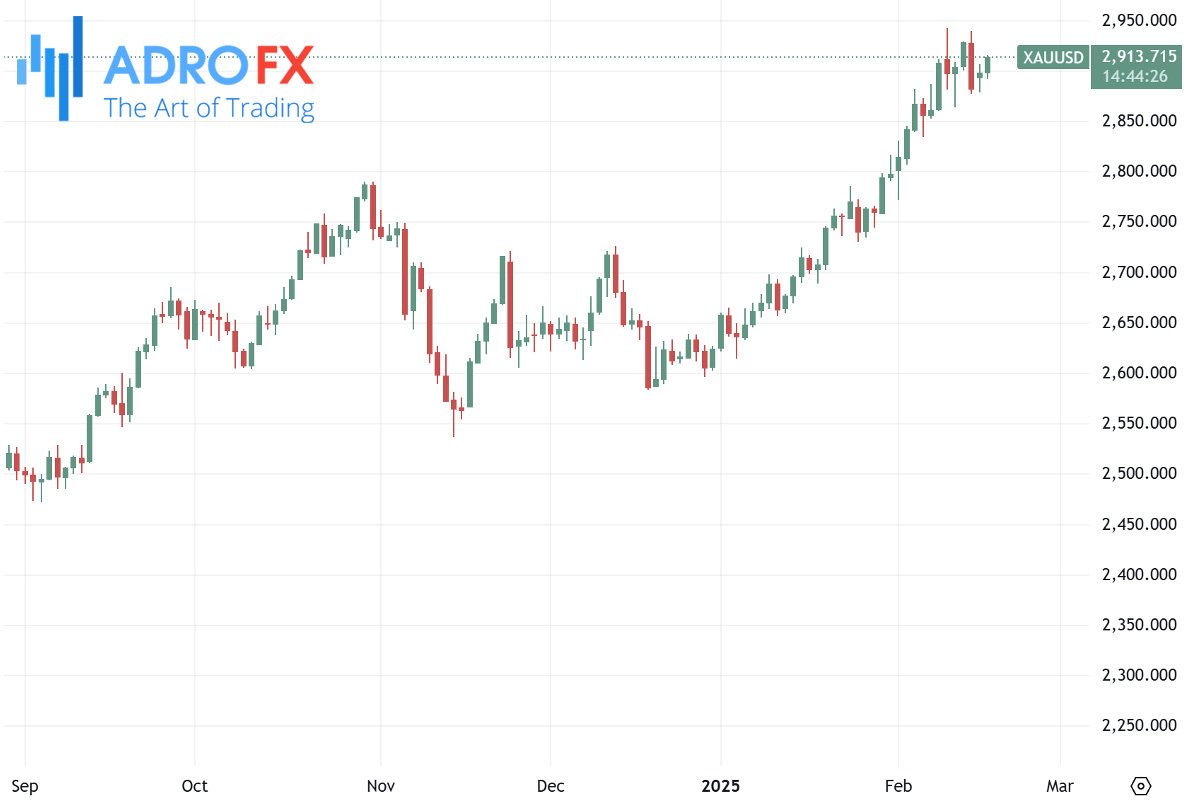
British Prime Minister Keir Starmer reiterated the need for a “US backstop” in any peace agreement for Ukraine, emphasizing that European nations must take shared responsibility in ensuring long-term stability in the region.
The USD/CHF pair continued its upward momentum, trading around 0.9030 in early European trading. A stronger US dollar has contributed to the pair’s rally, with investors closely watching the upcoming release of the NY Empire State Manufacturing Index and remarks from Federal Reserve official Mary Daly later in the day. Recent US inflation data revealed the fastest price growth in 18 months, reinforcing the Fed’s cautious stance on rate cuts. ANZ strategists noted that an extended policy pause in the first half of the year seems justified, allowing the Fed to assess inflationary impacts from trade policies.
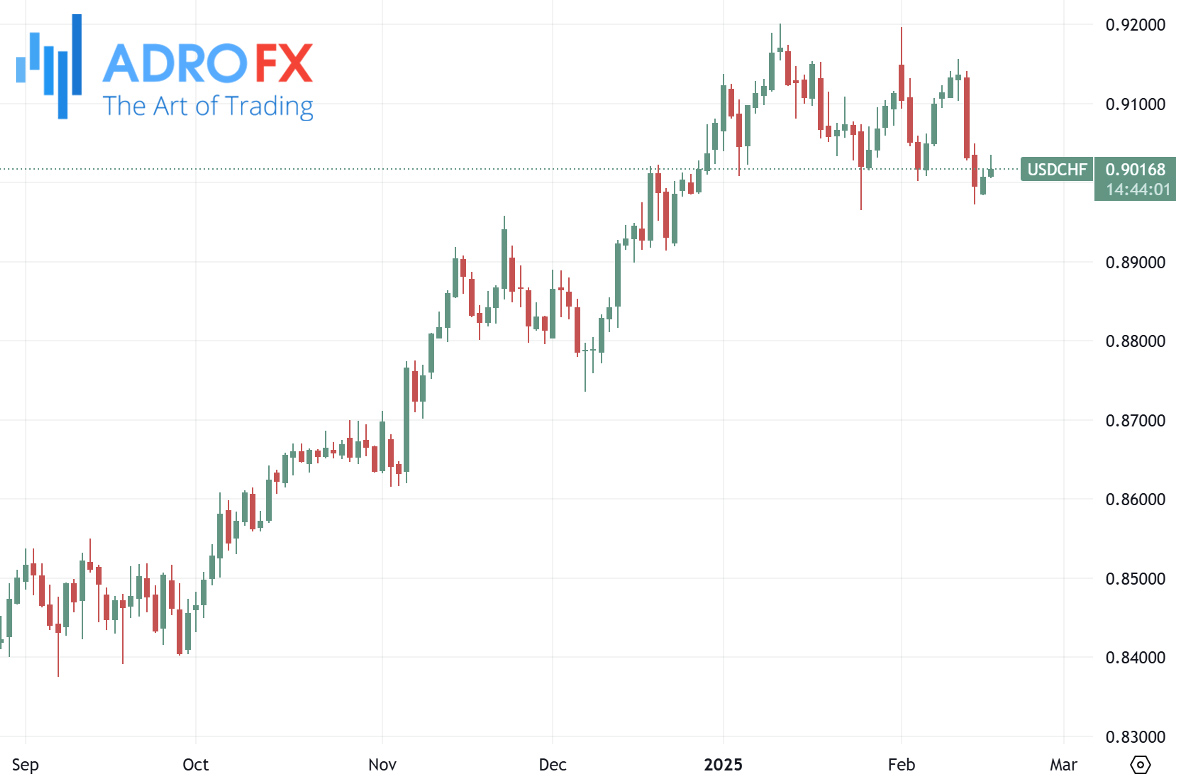
Tensions in the Middle East remain a focal point for investors. On Monday night, Israeli airstrikes targeted the villages of Tayr Harfa and Aaichiyehin in Lebanon’s Jezzine district, as well as the border town of Odaisseh in the Marjayoun district. According to Anadolu Agency, these strikes occurred just before a ceasefire withdrawal.
Any escalation in geopolitical risks could drive demand for safe-haven assets such as the Swiss franc and gold, influencing currency movements in the coming sessions.
